Special Report
15 Tips for Thawing and Roasting Your Thanksgiving Turkey
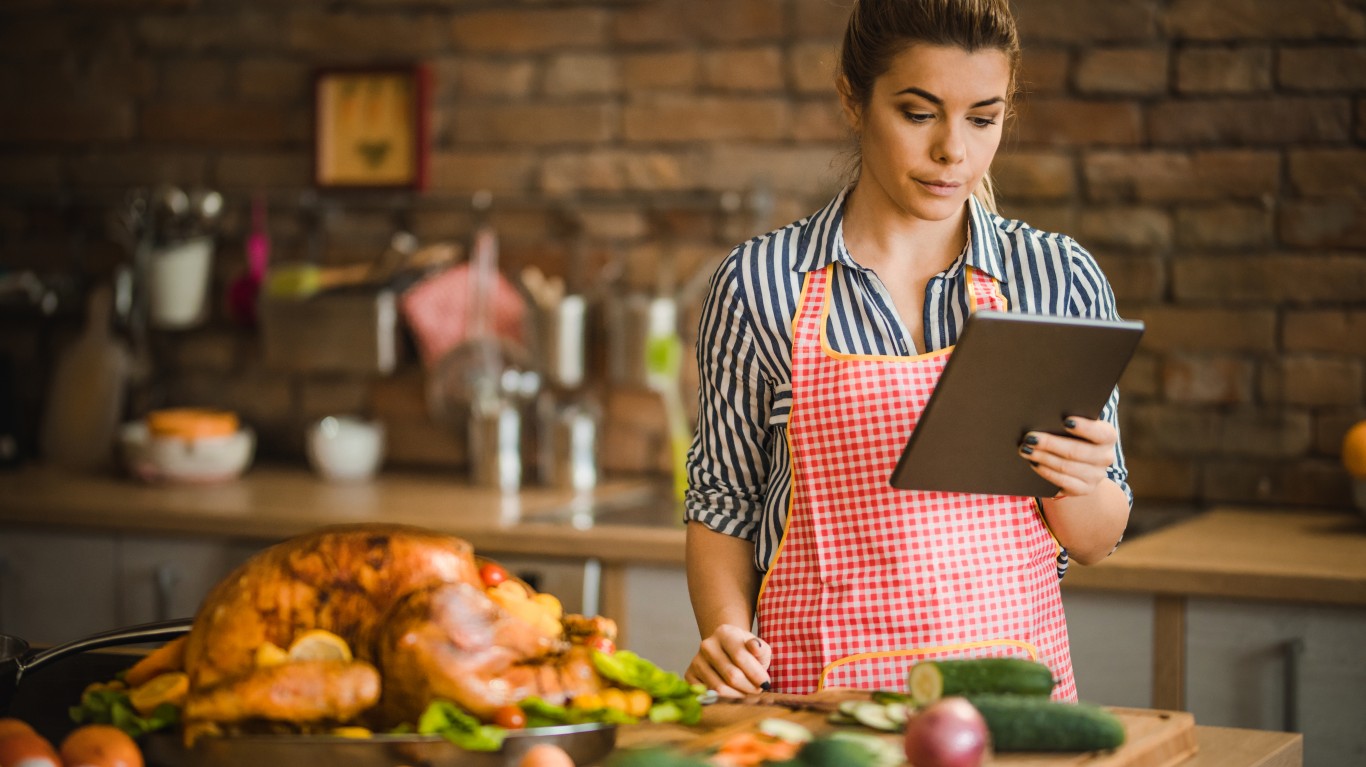
Published:
Last Updated:

For most of us, turkey is a Thanksgiving essential, even more definitive of the holiday than cranberry sauce or pumpkin pie. Some of us insist on fresh birds, perhaps bought at a farmers market or directly from a farm; some order heritage turkeys from specialty websites; some probably even shoot their own wild turkeys (though their meat tends to be stringy and gamy).
Just over half of American cooks, however, take home their bird straight from the supermarket freezer case — even though it’s not one of the 18 foods you should always buy frozen.
Buying a frozen turkey, of course, means that one of the first and most important tasks to be faced when preparing Thanksgiving dinner is defrosting the bird. Omni Calculator, a Polish startup that builds online computing instruments, has created a useful tool to make the task easier — a turkey thawing calculator.
There are three safe ways to thaw a turkey: in the refrigerator (the ideal method, for a number of reasons), in a cold water bath (fine but impractical), or in a microwave (a little tricky but fast and safe).
Users of a thawing calculator input the weight of the turkey and their preferred method of thawing, and the calculator reveals the time required to get the bird ready for the oven and offers notes on the science behind its computations as well as practical advice for each technique.
If there are only three ways to thaw a turkey there are, on the other hand, numerous ways to cook one — among them traditional oven roasting, roasting in a cooking bag or aluminum foil, deep-frying, grilling, smoking, even zapping in the microwave. Online calculators can also help in determining ideal cooking times for birds of varying sizes. This will help you sidestep rookie mistakes to avoid when roasting a turkey.
Click here to see 15 rules for thawing and roasting your Thanksgiving turkey.
According to a University of Illinois Extension study, the average weight of a Thanksgiving turkey in the U.S. is 15 pounds. The specific times given below are for a turkey of that weight. With many places mandating or recommending limits to the size of family gatherings in this coronavirus era, however, many cooks this year will likely be thawing and roasting smaller birds than usual, so these calculators may prove particularly useful.

1. Refrigerator thawing: Start four days early
According to the thawing calculator, a 15-pound bird takes 3.7 days to thaw thoroughly in the fridge — considered the best method. For example, if you want to serve dinner at 3 p.m. on Thanksgiving day, begin the thawing process four days earlier, on Nov. 22, around 4 p.m. This allows for 30 minutes to bring the turkey partially to room temperature, about four hours of cooking time, and another 30 minutes to rest the bird once it’s roasted (see below).
[in-text-ad]
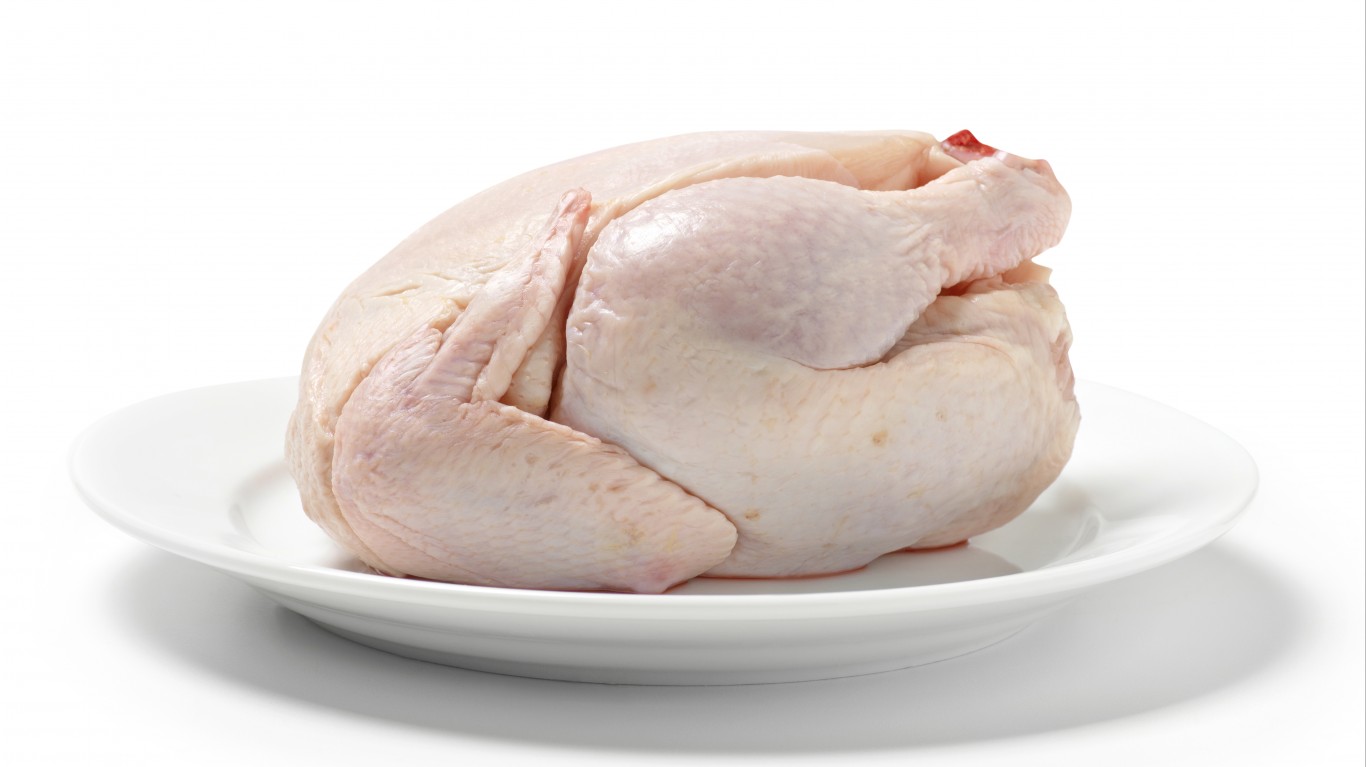
2. Refrigerator thawing: Start even earlier if you want
A turkey thawed using this method may be kept safely in the refrigerator for as long as two days after thawing, so you could actually start the process on Nov. 20 if you want to get a head start on your Thanksgiving prep.

3. Refrigerator thawing: Don’t unwrap the bird
Some sources suggest unwrapping the turkey the night before you plan to cook it, the theory being that the skin will dry out somewhat and thus cook up more crisply. The thawing calculator, on the other hand, recommends leaving it wrapped to “prevent it from exchanging scents with whatever else is in your fridge.” Since the bird will be sitting in the refrigerator for almost four days, giving it long exposure to other foods, this is probably wise advice.

4. Refrigerator thawing: Put the turkey in a shallow bowl
Even though it’s still wrapped, the turkey can leak juices as it thaws. Putting the bird in a bowl would prevent the raw juices from contaminating the fridge and foods in it — and from making a a mess for you to clean up.
[in-text-ad-2]

5. Microwave thawing: Read the manual
Microwave thawing is by far the fastest way to thaw a turkey. Figure an average of about 90 minutes for a 15-pound bird. Every microwave is different, though, so it’s important to read the owner’s manual first to determine the maximum size of a bird that can safely fit, what power level to use, and exactly how many minutes per pound thawing will take.

6. Microwave thawing: Unwrap the bird
Unlike the refrigerator method, microwave thawing the turkey requires that it be unwrapped. As with the refrigerator, place it in a shallow bowl. That way, its juices won’t seep onto the bottom of the microwave.
[in-text-ad]
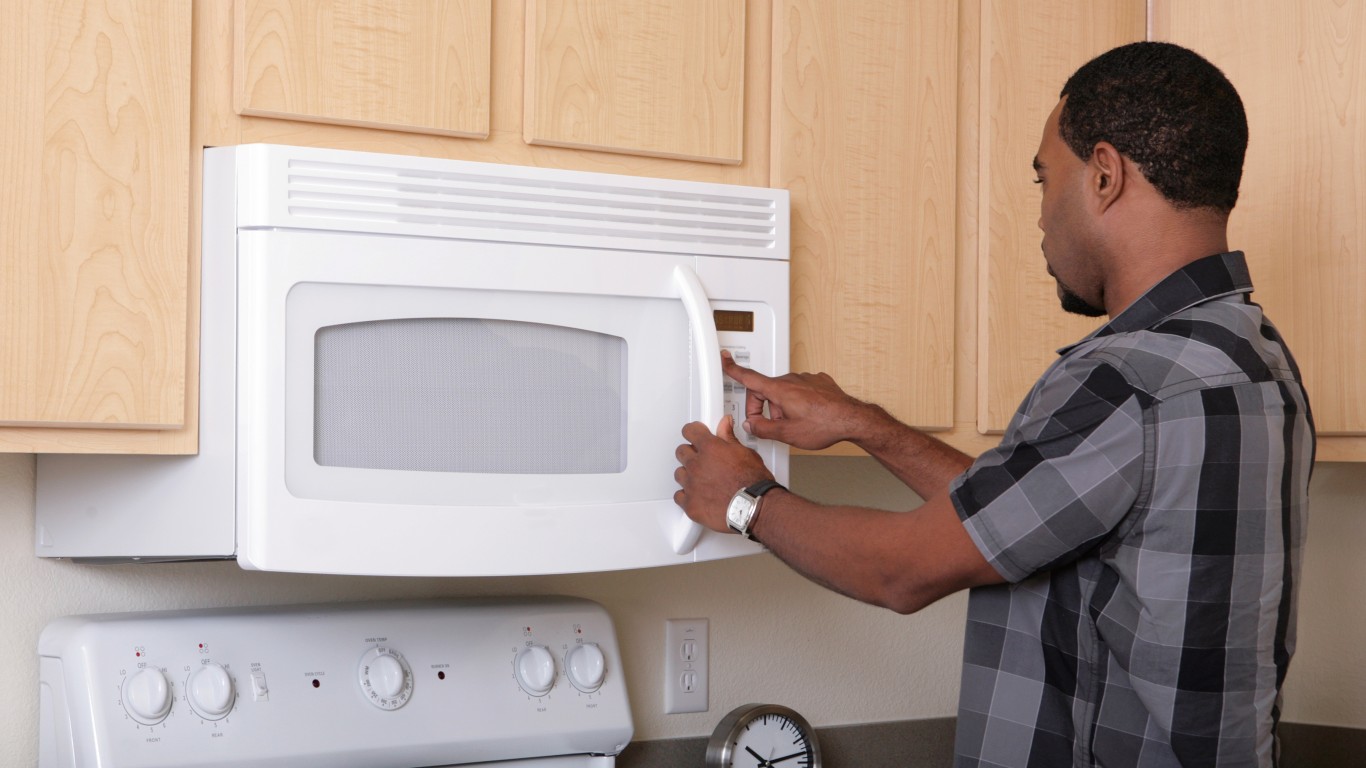
7. Microwave thawing: Roast the turkey immediately after thawing
Bacteria that may have been present in the turkey before it was frozen will begin to grow as soon as it’s thawed in the microwave. In addition, according to the USDA, some parts of the bird might begin to cook as they thaw in the microwave, and “Holding partially cooked food is not recommended because any bacteria present wouldn’t have been destroyed.” (This isn’t an issue with a refrigerator-thawed bird, since it remains cold as it thaws.) For safety’s sake, then, have a preheated oven ready to accept the thawed turkey the minute it comes out of the microwave.

8. Cold water thawing: Recommended only for insomniacs
This involves submerging the entire bird, still wrapped, in cold water in a large pot (or a sink with a tight stopper) for seven to eight hours for a 15-pound bird. The method works well, but there’s a problem: The water will warm up as the turkey thaws, so the USDA stresses that you’ll need to change the water about every half hour to maintain a safe temperature. That means if you plan to serve a mid-afternoon meal, you’ll basically have to stay up all night.
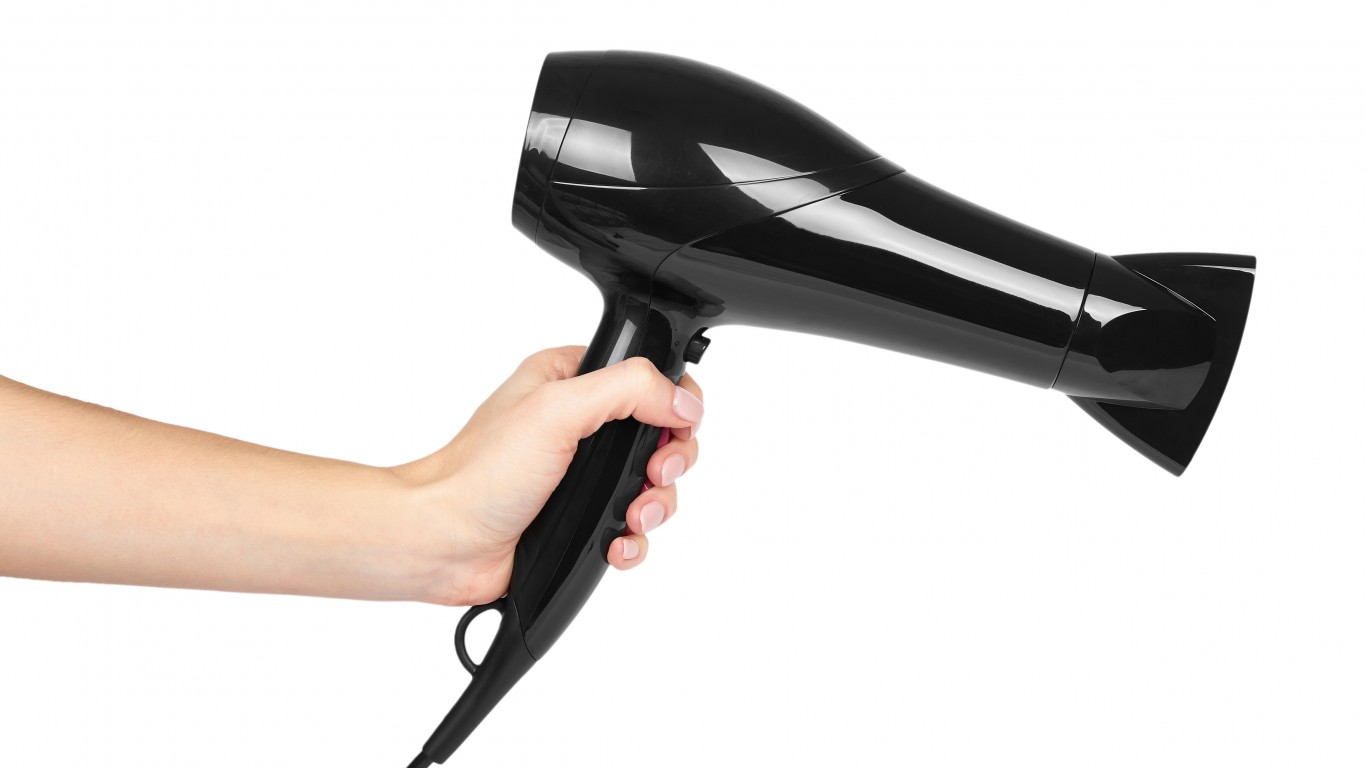
9. Bad ways to thaw
The surface of the turkey is the first part to thaw, and as it warms up, bacteria starts to multiply. The refrigerator and cold water methods keep the surface cold enough to avoid problems, and microwaving is quick enough to stave off danger. On the other hand, thawing the bird on the kitchen counter (or on the porch or in the garage), trying to speed the process along with a heater or hair dryer, or to attempt to thaw it in the dishwasher (and, yes, people have tried that) is extremely dangerous.
[in-text-ad-2]
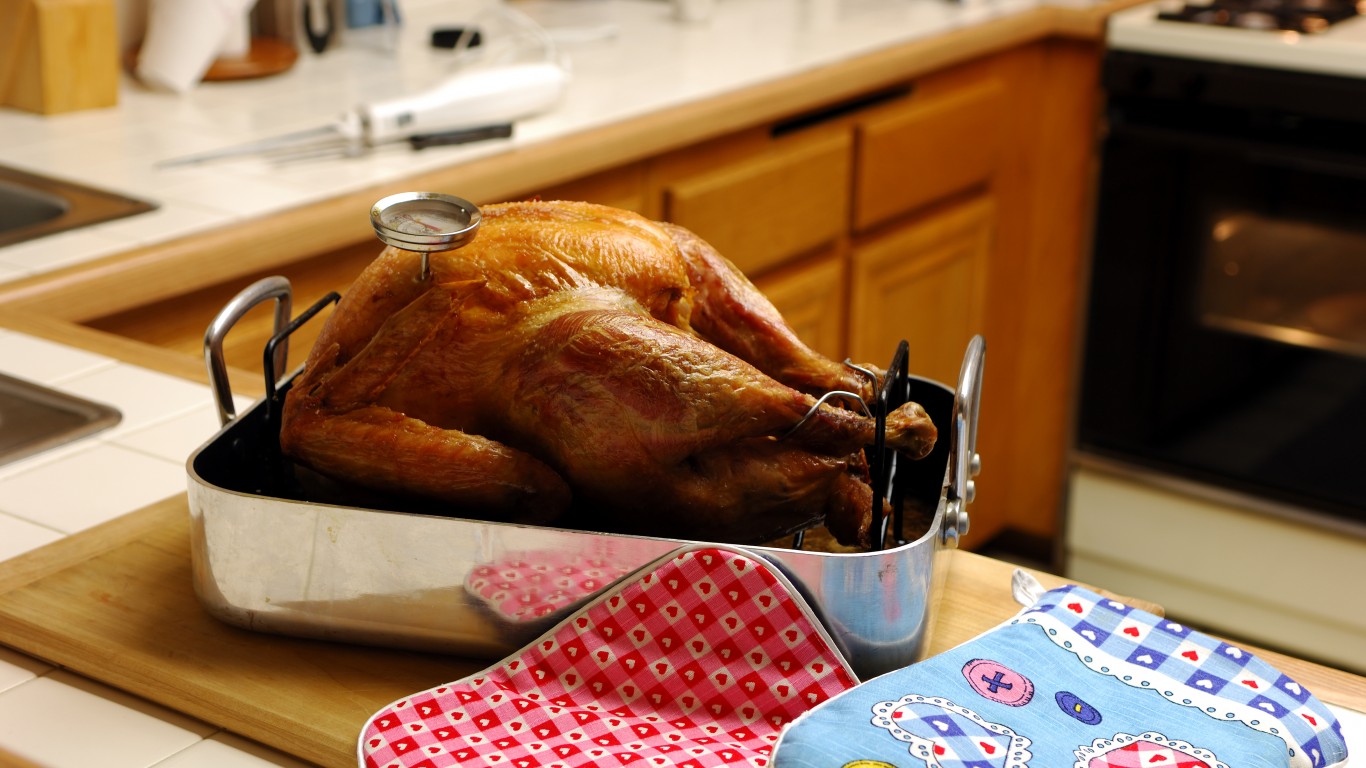
10. If all else fails, don’t thaw
If you don’t start thawing your turkey in the refrigerator early enough, don’t want to stay up all night using the cold water method, and don’t have a big enough microwave for a quick thaw, all is not lost. The USDA assures us that it’s perfectly safe to cook a frozen turkey — you just have to increase the cooking time by 50%. Follow the roasting advice below, adding two hours to the cooking time. (If the bird has thawed partway, check the internal temperature periodically with a meat thermometer as it cooks beyond four hours. When it reaches 165 degrees F, it’s done.)
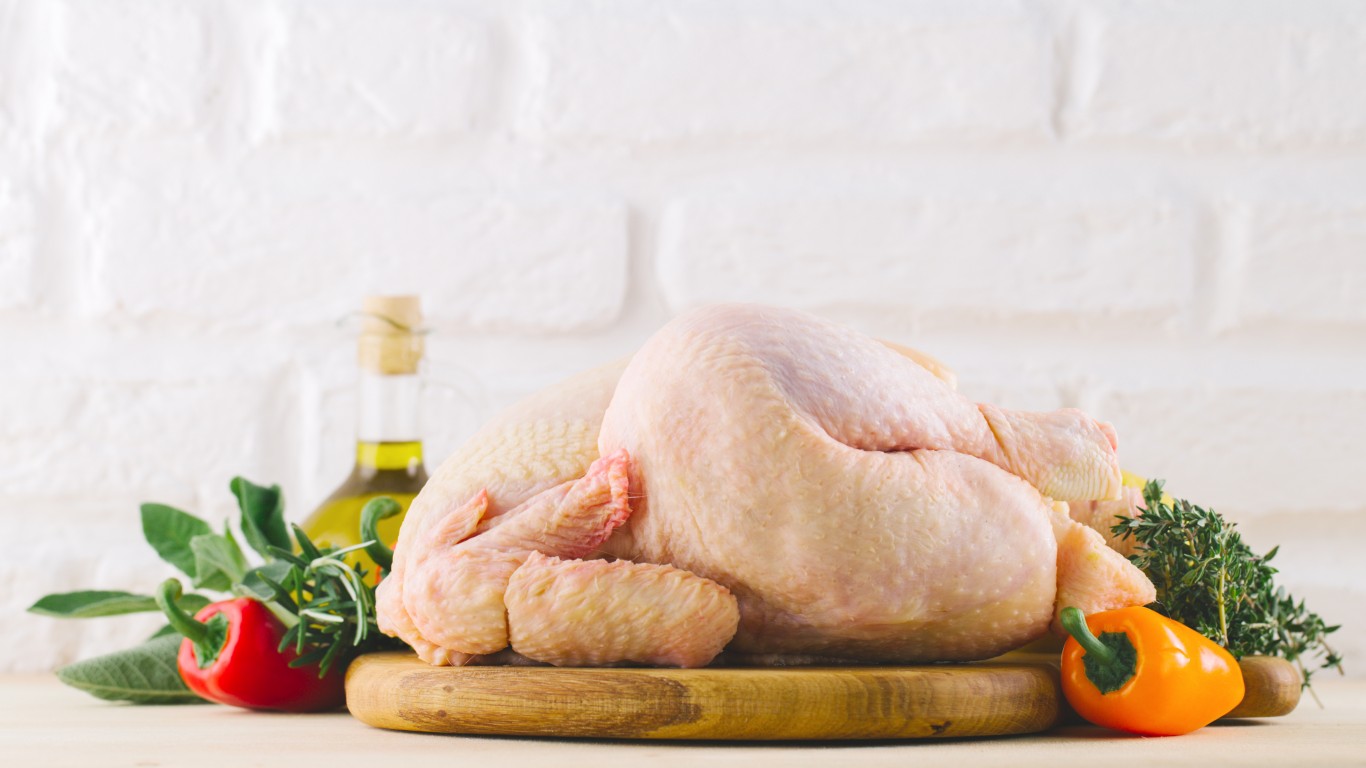
11. Roasting: Plan ahead
A 15-pound turkey will take about four hours to cook thoroughly at 325 degrees F (add 15 to 20 minutes if you want it well done). If you’ve thawed it in the refrigerator, take it out half an hour before you plan to start cooking to let it come partly to room temperature and preheat the oven meanwhile for at least 20 minutes before putting it in.
[in-text-ad]

12. Roasting: Season the bird
Turkey is a fairly bland meat, but it takes well to herbs and spices. At the very least, season the bird inside and out with salt and pepper. Some recipes call for brushing the skin with olive oil or melted butter and rubbing on a mixture of such dried spices as thyme, rosemary, and sage, but this isn’t necessary.

13. Roasting: Use the cavity
Turkeys are usually sold with the neck and the internal organs (liver, heart, and gizzard) — the giblets — wrapped in parchment and stuffed into the cavity. Remove them before roasting and save them to use them in stuffing or gravy (or just toss them away if you don’t like them). Then, to add flavor to both the bird and the juices (the basis for gravy), stuff the cavity with a bunch of fresh rosemary or thyme (or both), a halved lemon, a halved head of garlic, and/or a quartered onion.

14. Roasting: Leave out the stuffing
This advice is controversial, and for many cooks it’s not a Thanksgiving turkey if there is no stuffing (or dressing) spilling out of the cavity. The problem is that to be safe to eat, the stuffing — like the turkey — should reach 165 degrees F, and you may have to overcook the bird to get it to that point. Otherwise, salmonella, E. coli, listeria, and other unwelcome dinner guests can grow amidst the bread crumbs and herbs. If you insist on stuffing the bird, stuff it loosely and before you serve it, push a meat thermometer into the center of the stuffing to make sure it’s hot enough. The easier alternative is to cook the stuffing separately in a baking dish.
[in-text-ad-2]
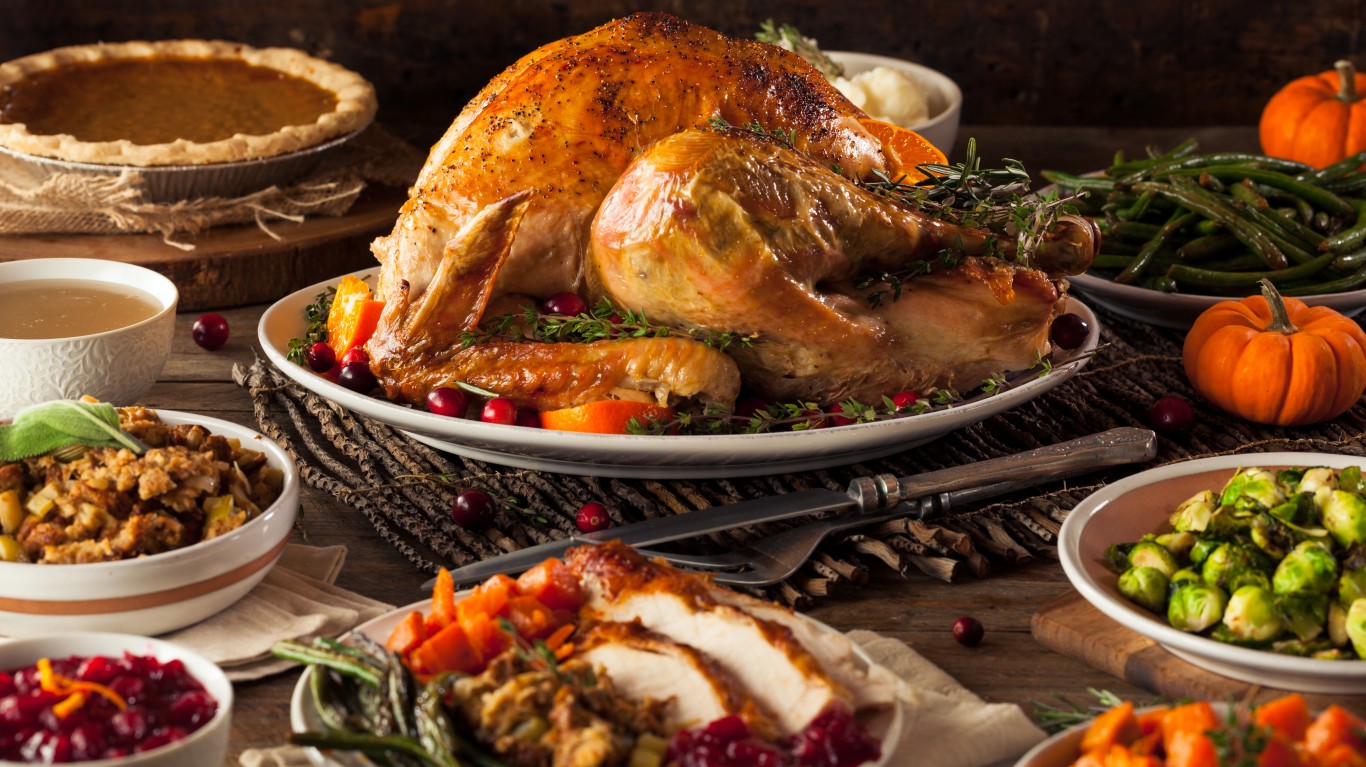
15. Roasting: Let the turkey rest
As with other meats, it’s a good idea to let the turkey rest after cooking, allowing the juices to redistribute throughout the bird, which tenderizes the meat and makes carving easier. Simply tent the turkey loosely with aluminum foil and let it sit for 20 to 30 minutes, then carve and enjoy.
Start by taking a quick retirement quiz from SmartAsset that will match you with up to 3 financial advisors that serve your area and beyond in 5 minutes, or less.
Each advisor has been vetted by SmartAsset and is held to a fiduciary standard to act in your best interests.
Here’s how it works:
1. Answer SmartAsset advisor match quiz
2. Review your pre-screened matches at your leisure. Check out the advisors’ profiles.
3. Speak with advisors at no cost to you. Have an introductory call on the phone or introduction in person and choose whom to work with in the future
Get started right here.
Thank you for reading! Have some feedback for us?
Contact the 24/7 Wall St. editorial team.